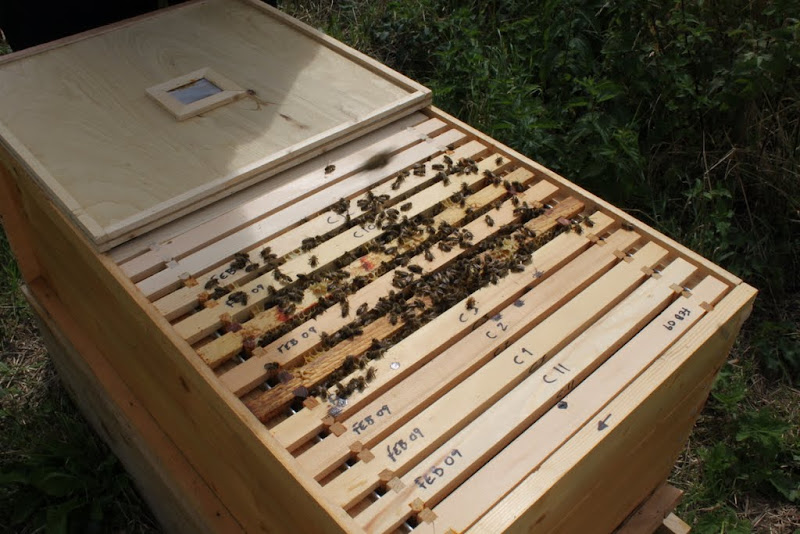A single national brood box is very small anyway. A strong colony will need three times that space for its brood nest at the peak of the season.
Do not be tempted to add a super as a brood box, even in the short term, as this is a horrible compromise known as 'brood and a half'. You end up with two sizes of brood frame that you can't reorganise between boxes. Your consideration should be either to move to a single larger brood box, or to go with multiple brood boxes (of the same size).
14 x 12 is one option for a larger brood box; another is Modified Commercial. To go either way requires new boxes, frames, and foundation. Either box will weigh about the same when full of bees or honey, i.e. half as much again as a full National brood box.
Commercial shares the same footprint with National and is bottom bee space too, so your investment in National floors, crown boards, roofs, supers, etc. is not wasted. The Commercial brood box has virtually the same comb area as the 14 x 12, but crucially its deep frames (sometimes referred to as 16 x 10) will fit in most extractors, even small ones. Commercials use short frame lugs, so you need to learn to hold frames by their sidebars rather than by the 'handlebars', but this is not a big deal.
Multiple brood boxes requires different approaches to inspections, and you need to be more experienced and confident with routine manipulations and with finding the queen before contemplating this. Hives also start to get larger quite rapidly, which you may view as a good thing or a bad thing.





 Size isn't every thing...
Size isn't every thing...  . Many frames just not filled to bottom. I don't extract 14 x 12 as I don't have a suitable extractor but frames used later for nucs / winter feed etc instead. re sagging I just don't hold large frames (14 x 12 or LS jumbo / Dadants), unsupported frames horizontally (TBH, unwired etc).
. Many frames just not filled to bottom. I don't extract 14 x 12 as I don't have a suitable extractor but frames used later for nucs / winter feed etc instead. re sagging I just don't hold large frames (14 x 12 or LS jumbo / Dadants), unsupported frames horizontally (TBH, unwired etc).